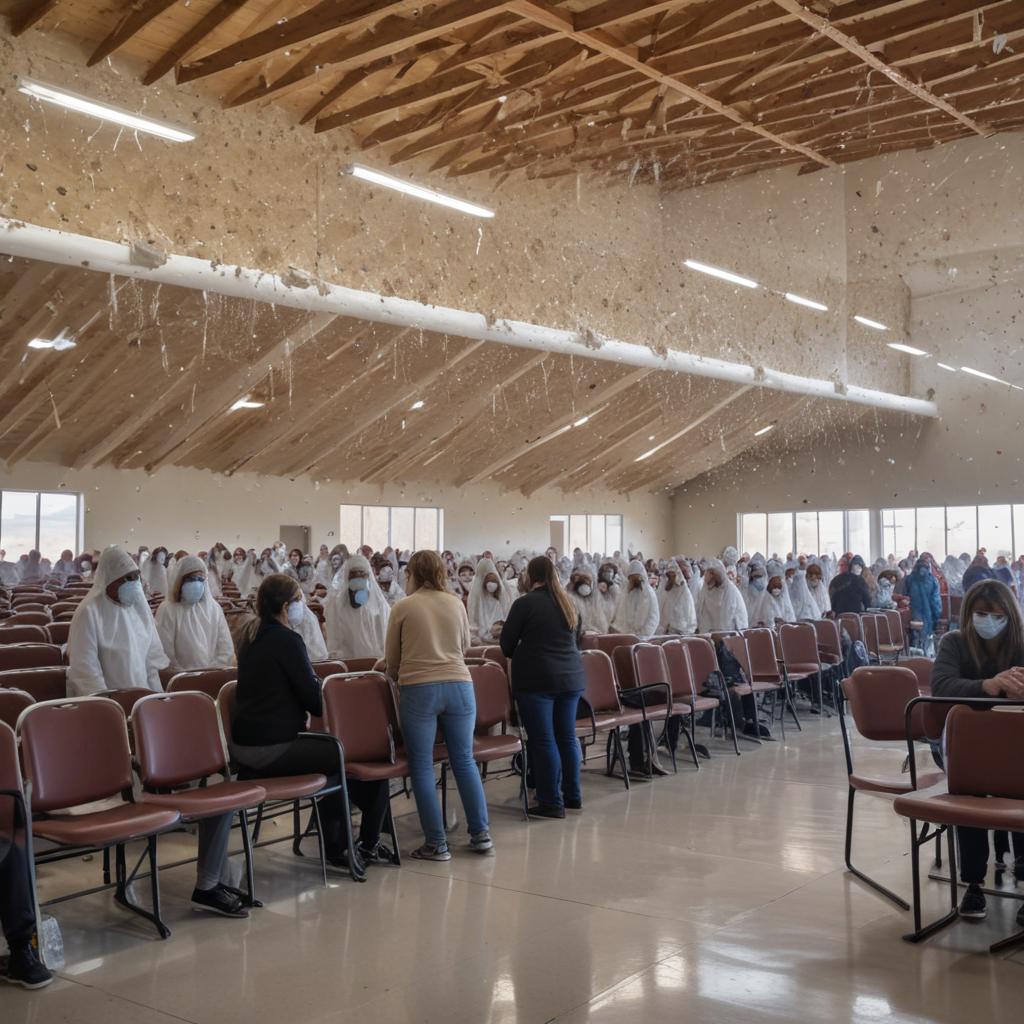A hospice nurse reveals the surprisingly calm truth about death, dispelling myths and fears surrounding the dying process.
The FX series "Dying for Sex" depicts the final moments of a hospice patient's life, offering a realistic portrayal of death as a natural bodily process, not a medical disaster. The show, inspired by the experiences of Molly Kochan, who documented her journey with terminal cancer, highlights the common stages and symptoms of dying. Experts explain that "death literacy"—understanding the dying process—can alleviate fear. The transition phase involves increased sleep, decreased appetite, and detachment from the world. Active dying, the final stage, may include unconsciousness, irregular breathing, and a potential "rally"—a temporary burst of energy and clarity. Terminal secretions, or the "death rattle," occur due to changes in breathing. While frightening, these processes are generally painless. The article emphasizes that understanding the natural course of death can empower individuals and families, providing a sense of control and peace during a difficult time. It highlights the importance of accepting death as a natural part of life, promoting a more peaceful approach to both life and death.



